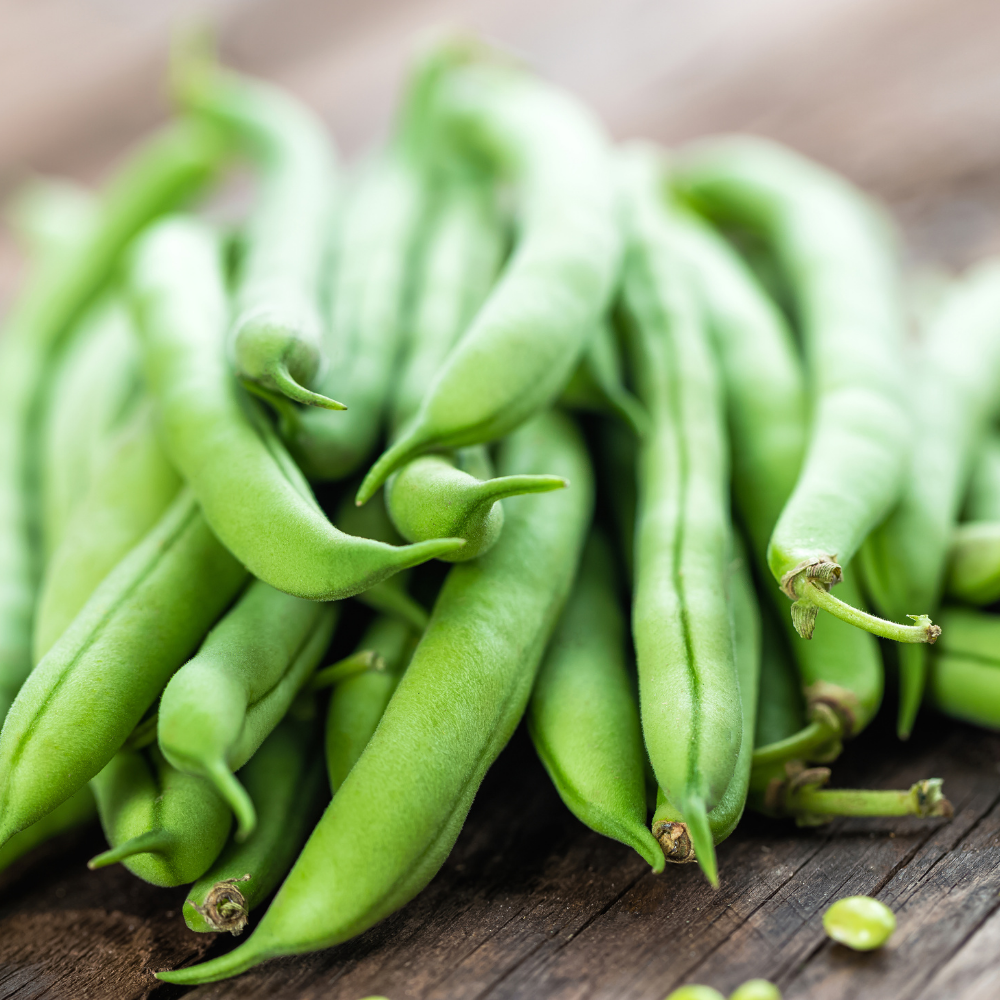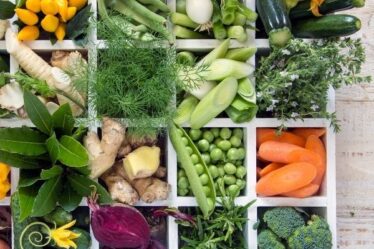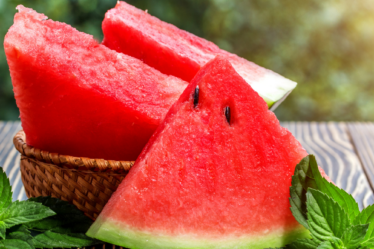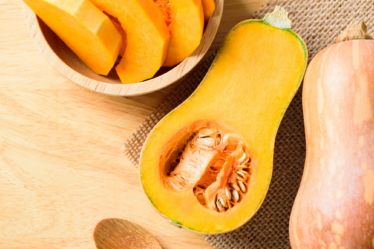
Green beans, snap beans, string beans, haricot vert – green beans are known by many names, but they are the most popular kind of beans that are commonly grown at home. There’s something absolutely delightful about adding freshly harvested green beans from your own garden, which you can easily do if you know everything there is to know about growing green beans.
Are Green Beans Easy to Grow?
Even in a limited space, green beans are one of the easiest vegetables to grow at home. Whether you have a small kitchen garden or just a little space on your balcony, it is possible to grow a few green bean plants both in soil and in a container. They are incredibly productive plants that end up profitable for your whole family; you’ll not only be able to provide fresh beans for your home every day but also supply your friends with some.
Both types of green bean plants – the pole ones and the bush ones – can be easily grown at home. It depends on the kind of space you have in your home which type of green bean plants you want to grow, and which ones are more suitable for you to take care of. However, both types of green beans are relatively easy to plant, grow, take care of and harvest even when you are completely new to gardening.
How to Grow and Harvest Green Beans at Home?
• Planting:
With green beans, there are two varieties you can choose between pole-type plants and bush-type plants. Although these plants essentially produce the same harvest, their planting procedures aren’t the same.
Bush bean plants grow up to a certain height and then stop; they bear an adequate number of fruits during the season and gradually die out. They need to be planted in rows, 1” deep into the soil. If the soil is sandy, the seeds need to be planted a little deeper.
Poles, tepees or trellises need to be set up at the same time as planting seeds of pole-type bean plants so that their roots can grow around the trellis. When the seeds sprout, the plants will start to grow around the trellis or the tepees you’ve set up, so they need to be already present in the soil before roots and stem start growing from the seeds.
Pole-type bean plants need to be planted 1” deep into the soil, as well.
• Soil:
The soil required to grow green beans needs to have a pH level between 6.0 and 7.0. This number represents a slightly acidic soil where green beans grow the best. If it is possible to get your soil tested, you can know exactly how acidic your area is and the situation can be modified, if necessary, with the right kind of fertilizers.
Green beans also prosper better in soil that’s clayey or loamy, instead of sandy soil. A good drainage system in the soil is very important if you are growing these plants in a container. The soil where green bean plants grow needs to stay moist but not wet.
Soil that has a high reserve of Bacteria Rhizobium, which is available in some specific parts of the world, is also a good soil type for growing green beans.
• Sunlight:
Green bean plants – both types – need at least six to eight hours of direct sunlight every day. However, if the sun is too hot or too bright, it is important to cover the plants with a row cover. Excessive heat and sunlight can cause the blossoms can fall off before they convert to fruits.
• Climate:
Green bean seeds should be sown when the temperature is somewhat between 60°F and 85°F, which is the ideal temperature for these plants. The soil should also be at least 50°F to 60°F in warmth for the seeds to be ready for sprouting.
• Spacing:
When planting the seeds of pole-type green bean plants, each seed should be placed at least 4” to 8” apart from each other and the rows need to be made 2” to 3” away from each other.
Similarly, in case of bush-type plants, the seeds need to be planted 3” apart from each other. Since bush-type plants doesn’t grow vertically but in large bush-like way, they have to be planted in rows that are at least 18” apart from each other.
The measurements for spacing when planting seedlings instead of seeds should also be maintained in the same way.
• Fertilizer:
It is very important to keep the temperature of the soil at least 50°F, which can be done by placing mulch to the soil.
Regular soil is adequate for green bean plants as they supply their own required supply of nitrogen. However, the quality of poor soil in your area can be supplemented with natural compost or aged manure.
• Weeding and Pest Control:
The two most common enemies of green bean plants are slugs and Mexican bean beetles, and they can be both handpicked from the plants upon regular and close inspection. Bean plants are also known to contact several fungal diseases, so they need to be covered during excessive rain and humidity.
• Harvesting:
Green beans taste best when they are harvested early in the morning when their sugar levels are at the highest. They also need to be picked when tender and young, before they have matured and developed.
The more beans are picked, the more beans will go in their place. This is why green beans are picked every day – snapped directly from the stem with your hands or cut with a sharp knife.
Frequently Asked Questions (FAQs) About Growing Green Beans at Home• Do Green Beans Need Support to Grow?
Only pole-type green bean plants need support as they always grow vertically. They need a strong pole, a teepee, a trellis or a netting as soon as they start to sprout from a seed. If you are planting a seedling, the support should be planted before the seedling is planted.
• How Many Green Beans Can You Get from a Single Plant?
Depending on your region, weather, soil or season intensity, a single green bean plant can produce as many as 120 beans in a single season. A few plants should ideally be enough to feed an entire family for weeks, which doesn’t take a lot of space to plant.
• Why are My Green Beans Flat?
Certain green beans grow flatter than the regular variety of green beans, namely Italian Romano beans, Helda beans and Gavar Fhali beans.
However, another common reason for green beans growing flat could be because they aren’t getting adequate spacing between two or more plants.
• Do Green Beans Regrow After Harvesting?
One of the ways that green beans are extremely profitable is that these plants will continuously go on producing for the whole season. Immediately after a bean is picked or cut off with a knife, another bean will grow in its place, giving you a continuous yield all season long.
• Is Epson Salt Good for Green Beans?
Epsom salt, because it is naturally high in magnesium, can be a great supplement for certain plants. Epson salt can be mixed with water and added to green bean plants to give them a quick boost of magnesium, but only in moderation.
• Do Green Beans Flower Before Producing the Fruit?
Green bean plants start to produce flowers when the plants reach their maximum growth. The flowers are white, small and quite attractive in feature; later, green beans grow from the stem with the flowers on their other end. The flower ultimately matures and falls down to the ground when the beans are mature enough to be harvested.
• What Fertilizer is Best for Green Beans?
Any regular fertilizer that is 10-10-10 can be used in green bean plants. As these plants supply their own nitrogen, any regular fertilizer would do.
• Can Green Beans Get Too Big?
If green beans are not harvested before they are completely matured, they will end up becoming too big, hard and tough. This happens when green beans are left for too long in the plants and not harvested. Over-matured and big green beans are usually too hard to eat fresh as salad greens but can be also shelled for their beans.
• How Can I Increase the Yield of my Green Beans?
If green beans – either as seeds or as seedlings – are planted earlier than what’s required, it extends their production periods. The longer the harvesting season, the more your green plants can produce more yield, since more beans immediately start growing when some of them are harvested.
• Why are My Green Beans Blooming but Not Producing?
If your green bean plants are growing up well and blooming, the lack of produce can be because of the soil quality, i.e. the soil might be too wet. The extra water in the soil under the green bean plants prevent the stem from carrying up the necessary nutrients from the soil to the stems, causing bad yield.
• Can Green Beans Be Grown in a Container?
Although these plants grow best in a garden or a raised bed, it is still possible to grow green bean plants in containers. For growing bush-type green beans, large pots that are at least 15” in diameter are required whereas, for pole-type beans, the containers need to be at least 18” in diameter.
The containers also need to be 6” to 7” deep for bush-type green bean plants and at least 8” to 9” deep for growing the pole-type varieties.
• Can You Grow Green Beans Indoors?
If you don’t have any garden space or even a balcony or terrace to grow your plants, green beans can still be grown indoors. This can be done by planting the seeds of pole-type green bean plants in a long and narrow container as opposed to a wide one, with a good drainage system. For pole-type plants, these narrow containers will also need the support of a trellis or teepee to grow into size.
The soil used in indoor green bean plants needs to be fertile, well-nourished, sandy, slightly acidic and enriched with compost. The plants would also need to be placed near a window so that the sprouts can get at least 6 to 8 hours of sunlight every day.
Green beans will grow perfectly indoors if there is adequate sunlight, the right of soil and an appropriate container is used.
Conclusion
Easy to grow and harvest, extremely profitable with a large yield, green bean plants can be grown at home, in your garden, in a raised bed or even in a container. Wherever you have decided to grow them, these plants mean a season long production and supply of fresh and healthy green beans for your friends and family members.


